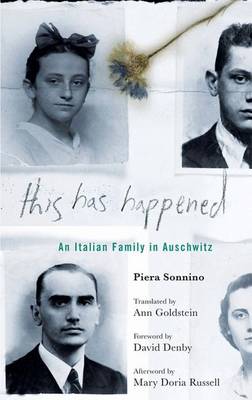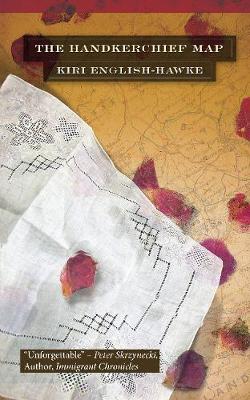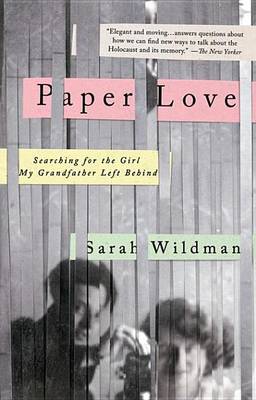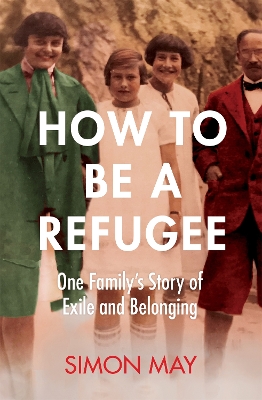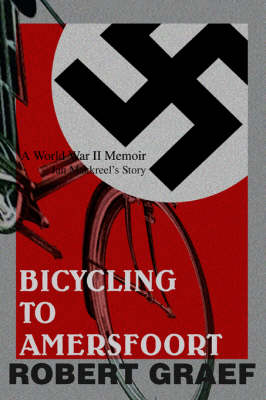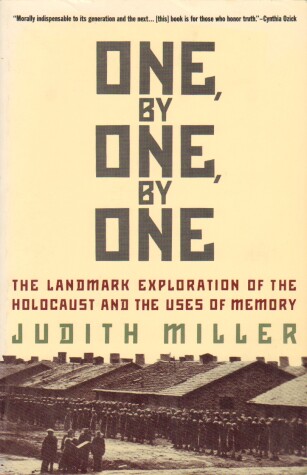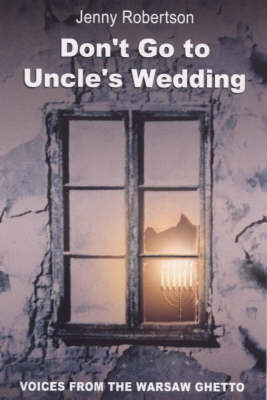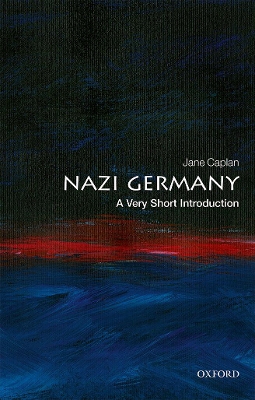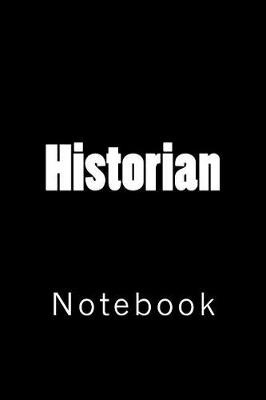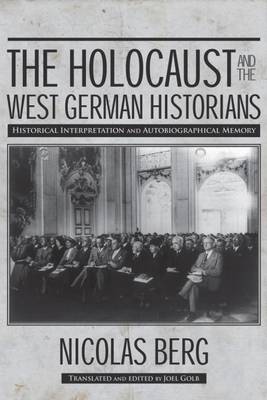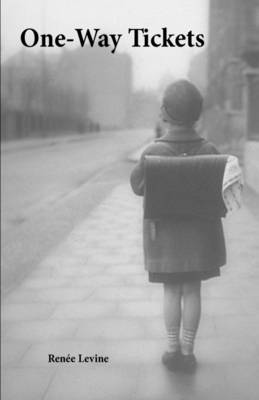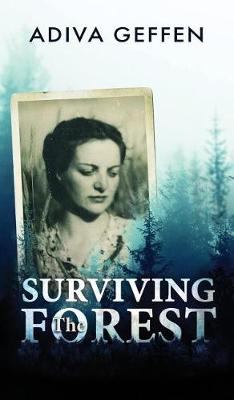The story of three cousins, who escaped from Germany, is told in three parts. Gerda flees to South Africa and awaits the arrival of her beloved parents. She writes to them in her journals, hoping that some day they will be reunited - but that day never comes. Her daughter, Joan, found the journals after her mother's death, and was deeply touched by the everyday notes jotted down during her pregnancy, and by her deep longing for her own mother. Kurt Herrmann, Gerda's cousin, escaped to the United...
Five years after her return home from Auschwitz, Piera Sonnino found the courage to tell the story of the extermination of her parents, three brothers, and two sisters by the Nazis. Discovered in Italy and never before published in English, this poignant and extraordinarily well-written account is strikingly accurate in bringing to life the methodical and relentless erosion of the freedoms and human dignity of the Italian Jews, from Mussolini's racial laws of 1938 to the institutionalized horror...
The Handkerchief Map is an epistolary novel set during WWII and told from the point of view of three different characters: Franz, a young Nazi soldier who is beginning to question the war; Helga, a Russian girl bent on joining the resistance; and Susanna, a Jewish woman who has been separated from her husband and children and imprisoned in a concentration camp. By a teenage author, this novel is poetic yet accessible, and highlights the common humanity we all share.
One woman’s journey to find the lost love her grandfather left behind when he fled pre-World War II Europe, and an exploration into family identity, myth, and memory. Years after her grandfather’s death, journalist Sarah Wildman stumbled upon a cache of his letters in a file labeled “Correspondence: Patients A–G.” What she found inside weren’t dry medical histories; instead what was written opened a path into the destroyed world that was her family’s prewar Vienna. One woman’s letters stood out...
In the life stories of Holocaust survivors, biblical imagery can be invoked to explicate the unexplainable, to make real the unreal. This text examines the role of Genesis in the autobiographies of survivors, those who were the targets of genocidal attack. Three main concerns converge: the literary nature of Biblical allusion, the contextual history of the Holocaust, and Midrashic considerations that arise from biblical reference. After setting the groundwork of autobiographical theory, intertex...
'A lyrical, fascinating, important book. More than just a family story, it is an essay on belonging, denying, pretending, self-deception and, at least for the main characters, survival.' Literary Review'Simon May's remarkable How to Be a Refugee is a memoir of family secrets with a ruminative twist, one that's more interested in what we keep from ourselves than the ones we conceal from others.' Irish TimesThe most familiar fate of Jews living in Hitler's Germany is either emigration or deportati...
Six million Jews died in Europe, and the Holocaust lives on in the minds of those individuals who survived the worst genocide the world has ever known. One, by One, by One is a masterwork--a stark and haunting exploration of how people rationalize history, how rationalization gives birth to lies, how the victims are blamed, and history's horrors are forgotten. "A tenacious quest for remembrance, for the content of concealed memory".--The New York Times.
Published to mark the 50th anniversary of the end of World War II in Europe, this text is a photographic testimony by the Magnum photographer, Erich Hartmann. It captures the sites of over 30 former Nazi concentration camps as they exist today, such as Buchenwald near Weimar, Auschwitz in Poland and Theresienstadt in the Czech Republic. They are quiet, empty and derelict, their stillness accentuating the sense of desolation they share, and some will soon become museums, less palpable reminders o...
Reisen Nach Auschwitz Und Anthologien Letzter Briefe, 1945-1975
by Helmut Peitsch
"Searing. . . . With an even hand and understated prose, Ms. Rosenberg, now a New York City psychotherapist, bravely depicts Nazi carnage in chilling detail." -- Susan Shapiro, New York Times Book Review "[A] harrowing account of intrigue and danger with all the elements of a war movie adventure." -- Miriam Rinn, The Forward This memoir of how a Jewish woman survived Nazi Germany by passing as an Aryan was selected as the...
When the Nazis invaded Poland, the Jewish population in Warsaw was the second largest in the world. Within five years it had been annihilated. We still know little about the Holocaust and specifically the ghetto. In this work Jenny Robertson weaves together background information and many personal accounts - from rabbis and lay-people, adults and children - to provide an entry into a doomed, enclosed world. The volume is about the quest to find God in the middle of a tragedy without precedent, t...
Nazi Germany: A Very Short Introduction (Very Short Introductions)
by Jane Caplan
Any consideration of the 20th century would be incomplete without a discussion of Nazi Germany, an extraordinary regime which dominated European history for 12 years, and left a legacy that still echoes with us today. The incredible force of the destructive vision at the heart of Nazi Germany led to a second world war when the world was still aching from the first one, and an incomprehensible death count, both at home and abroad. In this Very Short Introduction, Jane Caplan's insightful analysi...
When Hitler invaded Poland in 1939, Mary Berg was fifteen years old. From that time, until her arrival in the United States in 1944 by exchange through her mother's American citizenship, she kept a day-to-day record of her four years in the Warsaw Ghetto, confinement in a Warsaw prison, dispatch to the internment camp in Vittel, France, and finally, her journey to freedom. For the first time since 1945, this - the first and lengthiest eye-witness account of Jews' experiences in the Warsaw Ghetto...
Self-rule/Shared Rule (Jerusalem Center for Public Affairs/Center for Jewish Community Studies)
by Daniel J. Elazar
Co-published with the Jerusalem Center for Public Affairs, this volume arose from a colloquium on the background for and possibilities of federal solutions to the Israel-Arab conflict. It reviews the social, cultural, economic and political environment, and discusses the available options for federation, confederation, condominium and common market.
" This books is less a critical study than an impassioned meditation on the deeper sources of the Holcaust novel. Amont the authors examined are Elie Wiesel, Arnost Lustig, Aharon Appelfeld, Katzetnik 135633, Primo Levi, Yehuda Amichai, Piotr Rawicz, A. Anatolit, Saul Bellow, I.B. Singer, Anna Langfus, Rachmil Bryks, and Ilse Aichinger. The Shriek of Silence is a first in several respect: the first to examine the Holocaust novels in their original languages, the first to articulate a theoretical...


